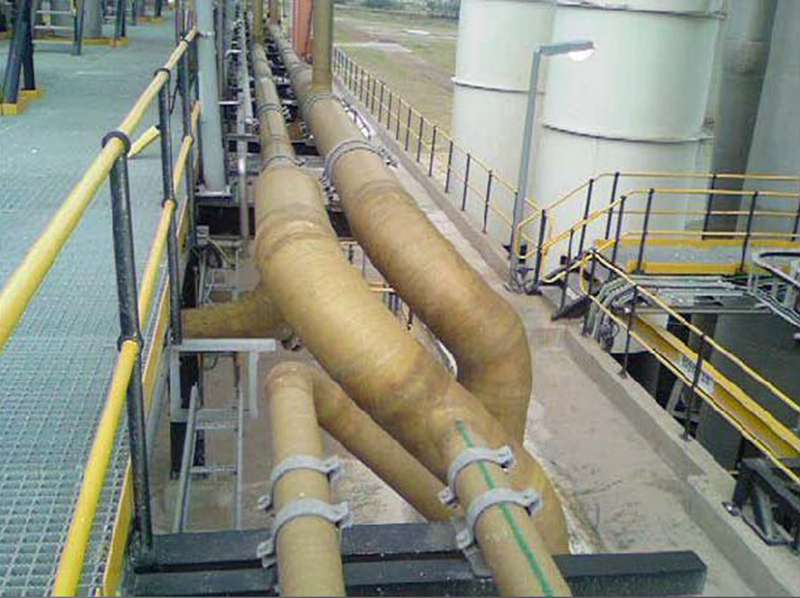
-
 Afrikaans
Afrikaans -
 Albanian
Albanian -
 Amharic
Amharic -
 Arabic
Arabic -
 Armenian
Armenian -
 Azerbaijani
Azerbaijani -
 Basque
Basque -
 Belarusian
Belarusian -
 Bengali
Bengali -
 Bosnian
Bosnian -
 Bulgarian
Bulgarian -
 Catalan
Catalan -
 Cebuano
Cebuano -
 China
China -
 China (Taiwan)
China (Taiwan) -
 Corsican
Corsican -
 Croatian
Croatian -
 Czech
Czech -
 Danish
Danish -
 Dutch
Dutch -
 English
English -
 Esperanto
Esperanto -
 Estonian
Estonian -
 Finnish
Finnish -
 French
French -
 Frisian
Frisian -
 Galician
Galician -
 Georgian
Georgian -
 German
German -
 Greek
Greek -
 Gujarati
Gujarati -
 Haitian Creole
Haitian Creole -
 hausa
hausa -
 hawaiian
hawaiian -
 Hebrew
Hebrew -
 Hindi
Hindi -
 Miao
Miao -
 Hungarian
Hungarian -
 Icelandic
Icelandic -
 igbo
igbo -
 Indonesian
Indonesian -
 irish
irish -
 Italian
Italian -
 Japanese
Japanese -
 Javanese
Javanese -
 Kannada
Kannada -
 kazakh
kazakh -
 Khmer
Khmer -
 Rwandese
Rwandese -
 Korean
Korean -
 Kurdish
Kurdish -
 Kyrgyz
Kyrgyz -
 Lao
Lao -
 Latin
Latin -
 Latvian
Latvian -
 Lithuanian
Lithuanian -
 Luxembourgish
Luxembourgish -
 Macedonian
Macedonian -
 Malgashi
Malgashi -
 Malay
Malay -
 Malayalam
Malayalam -
 Maltese
Maltese -
 Maori
Maori -
 Marathi
Marathi -
 Mongolian
Mongolian -
 Myanmar
Myanmar -
 Nepali
Nepali -
 Norwegian
Norwegian -
 Norwegian
Norwegian -
 Occitan
Occitan -
 Pashto
Pashto -
 Persian
Persian -
 Polish
Polish -
 Portuguese
Portuguese -
 Punjabi
Punjabi -
 Romanian
Romanian -
 Russian
Russian -
 Samoan
Samoan -
 Scottish Gaelic
Scottish Gaelic -
 Serbian
Serbian -
 Sesotho
Sesotho -
 Shona
Shona -
 Sindhi
Sindhi -
 Sinhala
Sinhala -
 Slovak
Slovak -
 Slovenian
Slovenian -
 Somali
Somali -
 Spanish
Spanish -
 Sundanese
Sundanese -
 Swahili
Swahili -
 Swedish
Swedish -
 Tagalog
Tagalog -
 Tajik
Tajik -
 Tamil
Tamil -
 Tatar
Tatar -
 Telugu
Telugu -
 Thai
Thai -
 Turkish
Turkish -
 Turkmen
Turkmen -
 Ukrainian
Ukrainian -
 Urdu
Urdu -
 Uighur
Uighur -
 Uzbek
Uzbek -
 Vietnamese
Vietnamese -
 Welsh
Welsh -
 Bantu
Bantu -
 Yiddish
Yiddish -
 Yoruba
Yoruba -
 Zulu
Zulu
frp scrubber
Understanding FRP Scrubbers An Essential Tool for Air Quality Management
In today’s industrial landscape, maintaining air quality is of paramount importance. Industries ranging from chemical manufacturing to wastewater treatment must comply with strict environmental regulations to mitigate their impact on the atmosphere. Among the various technologies employed for air purification, FRP (Fiberglass Reinforced Plastic) scrubbers have emerged as a cost-effective, efficient solution for removing pollutants from exhaust gases. This article delves into the function, benefits, and applications of FRP scrubbers.
What is an FRP Scrubber?
An FRP scrubber is an air pollution control device that employs a scrubbing solution to remove harmful gases and particulate matter from the air. Made from fiberglass reinforced plastic, these scrubbers offer superior durability and resistance to corrosive environments, making them ideal for handling various pollutants, including volatile organic compounds (VOCs), sulfur dioxide (SO2), ammonia (NH3), and hydrogen sulfide (H2S).
The working principle of an FRP scrubber is relatively straightforward. Contaminated air is drawn into the scrubber, where it passes through a spray of liquid (usually water mixed with chemicals). As the air comes into contact with the scrubbing solution, pollutants dissolve or react with the liquid, effectively removing them from the air stream. The treated air is then released into the atmosphere, significantly improved in quality.
Advantages of FRP Scrubbers
1. Corrosion Resistance The primary advantage of FRP is its resistance to corrosion. In industries that deal with aggressive chemicals, traditional scrubbers made from metal or other materials can quickly deteriorate. FRP scrubbers, however, can withstand harsh chemical environments, leading to a longer operational lifespan and reduced maintenance costs.
2. Lightweight and Versatile Given their lightweight nature, FRP scrubbers can be easier to install and modify compared to heavier materials. This versatility allows them to be used in various applications and configurations.
3. Cost-Effective Solution While the initial investment in FRP scrubbers may be higher than some alternatives, the long-term savings in maintenance, durability, and efficiency often make them the more cost-effective option. Their ability to operate effectively over extended periods enhances their value proposition.
frp scrubber

4. Effective Pollutant Removal FRP scrubbers are particularly effective at removing water-soluble gases and fine particulate matter from exhaust air. This capability is crucial for industries looking to meet stringent emission standards.
5. Environmental Compliance With increasing regulations around air quality, industries are under immense pressure to adopt technologies that reduce their environmental footprint. FRP scrubbers not only help meet regulatory requirements but also contribute to a company’s sustainability goals.
Applications of FRP Scrubbers
FRP scrubbers find applications across various industries. They are commonly used in
- Chemical Manufacturing To remove harmful by-products and VOCs generated during production. - Wastewater Treatment Plants For odorous gas control, especially hydrogen sulfide. - Pharmaceutical Industries To control emissions from manufacturing processes that generate potentially hazardous vapors. - Food Processing For deodorizing and removing volatile components from waste streams. - Power Plants To reduce sulfur dioxide emissions from combustion processes.
Conclusion
As industries face mounting pressure to reduce emissions and improve air quality, the role of air pollution control technologies becomes increasingly critical. FRP scrubbers stand out as a robust solution, blending durability, efficiency, and versatility. Their ability to handle corrosive environments without compromising performance makes them an intelligent choice for a wide array of applications across different sectors. As technological advancements continue, FRP scrubbers will likely evolve further, reinforcing their position as a cornerstone in the quest for cleaner air and better environmental compliance.
In summary, investing in FRP scrubbers not only aligns with regulatory requirements but also demonstrates a commitment to environmental stewardship and public health. As such, they represent a forward-thinking approach to industrial air quality management in an era where sustainability is more important than ever.









